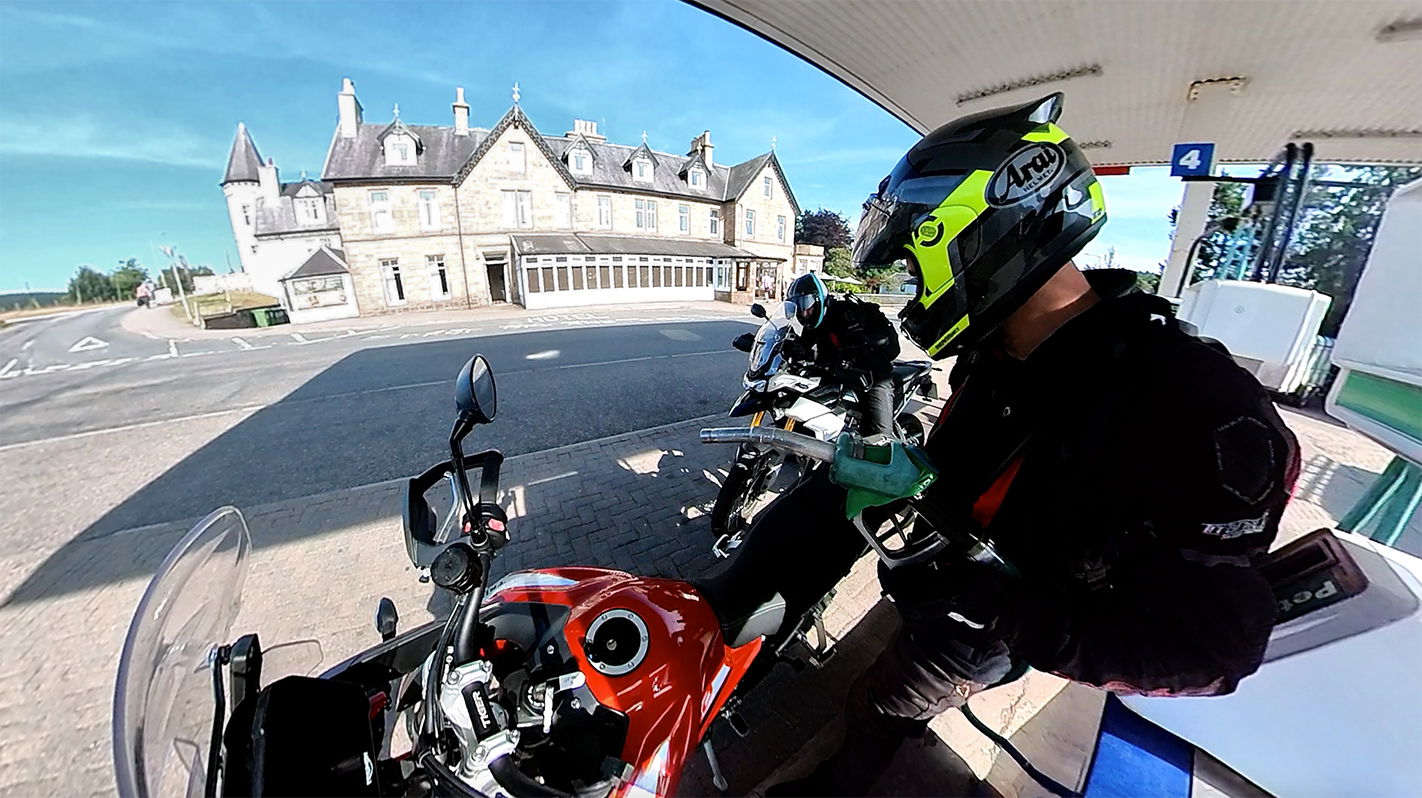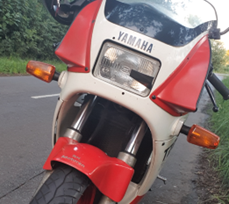How are rising petrol prices changing the way people ride?
Like everything else, the price of fuel is continuing to increase, which is forcing many motorists to change their driving and riding habits on the road.

As the cost of living crisis continues to increase the pressure on billions of people around the world, in Britain we are also driving differently.
Part of the current cost of living crisis is the reality of fuel prices. They are monumental, and as wholesale oil prices get cheaper, the price of fuel at the pump continues to increase. A reprieve seems unlikely.

So, in this new reality of considering remortgaging every time you head to the petrol station, are you changing your riding style and habits?
The British Motorcyclists Federation (BMF) reports that a survey by Opinium says that 54% of car drivers in the UK “have changed their habits to cushion the blow of higher fuel prices.”
In rural areas, 35% of people are driving less, while in urban places it is more like 25%. “Drivers were walking instead, taking public transport or cancelling trips altogether, with some working from home to cut out commuting costs,” the BMF says.
 (1).jpg?width=1600)
On the one hand, that people are burning less fossil fuels in their day-to-day lives is theoretically good for the environment. On the other hand, oil production continues - in the US it is actually expanding - and the impact of individuals is of course less than entire corporations and nation states. Additionally, that people cannot afford to get to work is not necessarily reflective of a healthy economic or societal reality.
Furthermore, the BMF reports that a survey made by Aviva Insurance found that 44% of drivers were using their cars for only essential trips, and 39% of people were walking instead of driving “on some trips.”
“Not too surprising really, but a useful confirmation of what’s been visible out on the road,” said BMF Chair Jim Freeman. “The WCPT [ Walking, Cycling, Public Transport] agenda obviously got a boost. However, the problem remains, walking and cycling aren’t much use if you need to travel 20 miles and there are only a couple of buses a day that actually go near where you need to go.
.jpg?width=1600)
“I think that the longer this situation goes on, the more lightweight motorcycles and mopeds will be sold, particularly electric. The current, sharp, uptick in Covid cases, only reinforces the distrust of what public transport is actually available.”
While the aforementioned surveys have focused on cars and drivers, motorcycles and their riders are surely impacted too. In fact, it could be possible that for some motorcyclists the impact is greater, because motorcycles are a mode of enjoyment above a mode of transport for many riders.

